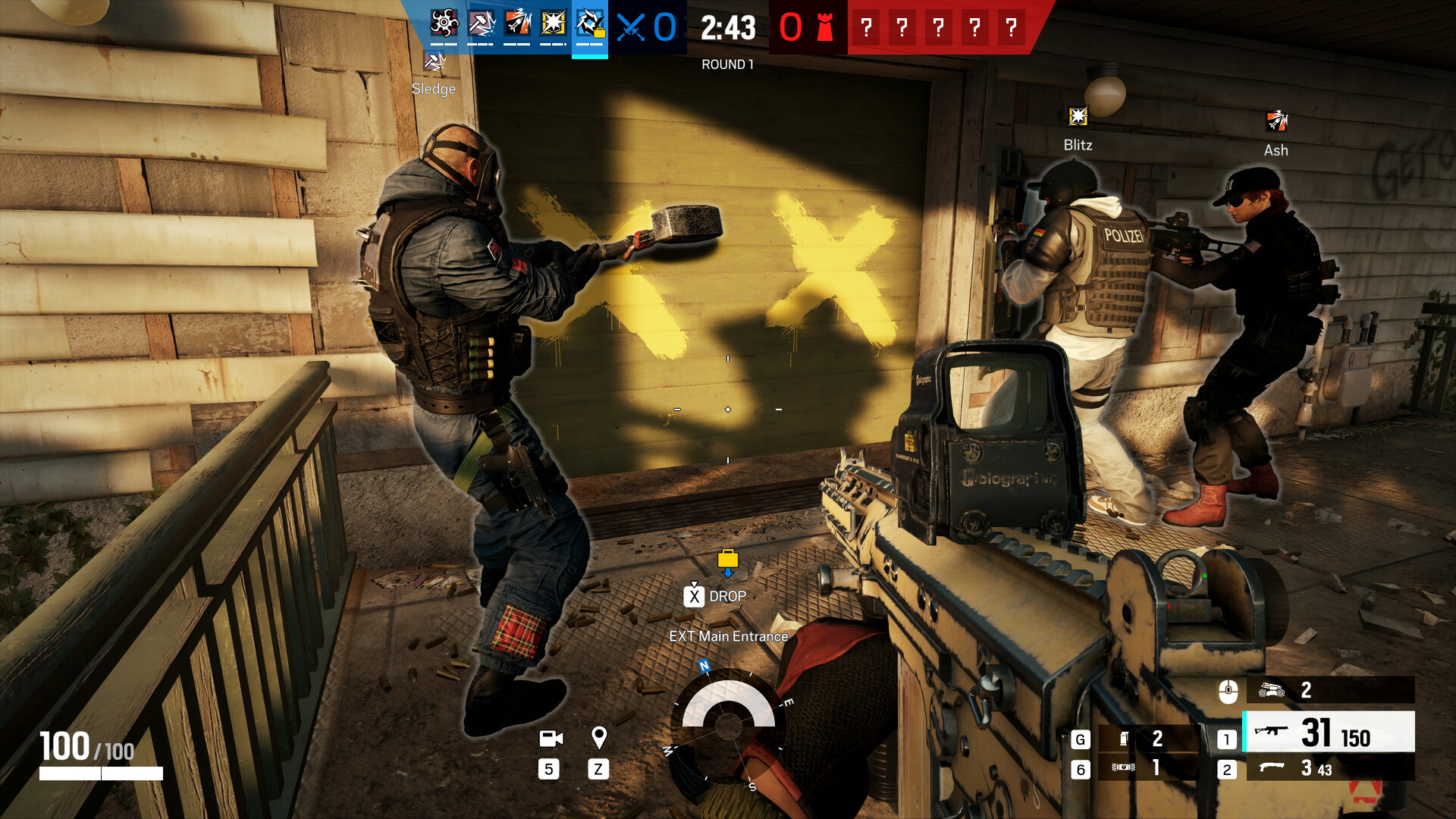In recent years, indie horror games have carved out a significant niche in the gaming industry, captivating audiences with their innovative and often unsettling experiences. Unlike traditional AAA titles, indie developers possess the freedom to explore unique storytelling methods and experimental gameplay mechanics. This flexibility has enabled them to produce content that resonates deeply with players looking for fresh and intense experiences — similar to how niche trends like color game betting have captured the interest of players seeking new and unpredictable thrills in the casino world.
The Rise of Indie Horror Games in 2025
The year 2025 has witnessed a remarkable surge in the popularity of indie horror games, driven by a combination of innovative game design and evolving player expectations. As gamers increasingly seek out experiences that challenge conventional norms, indie developers have risen to the occasion, offering fresh perspectives within the horror genre. This trend is evidenced by the growing number of indie horror titles featured at major gaming events and receiving critical acclaim.
One of the key factors contributing to the rise of indie horror games is the democratization of game development tools. Software like Unity and Unreal Engine has become more accessible, allowing small teams or even solo developers to create high-quality games without the need for a large budget. This accessibility has empowered a new generation of developers to bring their visions to life, leading to a diverse array of horror games that push boundaries and explore new themes.
Moreover, the community-driven nature of indie games has played a crucial role in their ascent. Developers frequently engage with their audience through social media and forums, gathering feedback and incorporating player suggestions into their works. This collaborative approach creates a strong bond between creators and players, fostering a sense of ownership and investment in the game’s success. As a result, indie horror games have developed loyal fan bases that actively promote and support these titles.
Unique Features of Indie Horror Games
Indie horror games stand out due to several unique characteristics that distinguish them from their AAA counterparts. One of the most notable features is their willingness to experiment with unconventional narratives and gameplay mechanics. Indie developers often prioritize storytelling and atmosphere over technical sophistication, resulting in games that offer players a deeply immersive and often unsettling experience.
A key element of this unique approach is the focus on psychological horror rather than relying on jump scares or graphic violence. Many indie horror games explore themes of mental illness, isolation, and existential dread, creating an emotionally charged atmosphere that lingers long after the game is finished. This emphasis on emotional depth allows players to connect with the story on a personal level, enhancing the overall impact of the game.
Additionally, the visual and auditory design of indie horror games often defies traditional expectations. Developers frequently employ minimalist graphics and ambient soundscapes to create tension and suspense, proving that less can indeed be more. This approach not only sets indie horror games apart aesthetically but also allows them to run on a wide range of hardware, making them accessible to a broader audience.
Comparing Indie Horror Games to AAA Titles
When comparing indie horror games to AAA titles, several key differences become apparent, each with its own set of advantages and challenges. AAA games, backed by substantial budgets and resources, typically offer high production values, sophisticated graphics, and expansive worlds. However, this focus on scale and polish can sometimes lead to formulaic gameplay and risk-averse storytelling, particularly in the horror genre.
In contrast, indie horror games thrive on their ability to innovate and take risks, often resulting in more memorable and impactful experiences. The limited resources available to indie developers encourage them to think creatively and prioritize elements such as atmosphere, narrative, and player engagement. This approach often leads to unique gameplay mechanics and storytelling techniques that are rarely seen in mainstream games.
Another significant difference lies in the development process itself. AAA titles are usually created by large teams with hierarchical structures, whereas indie games are often developed by small, tight-knit groups or even individuals. This allows for a more agile and flexible development process, enabling indie developers to quickly adapt to player feedback and incorporate new ideas. This responsiveness can be especially beneficial in the horror genre, where maintaining tension and surprise is crucial to the player experience.
Conclusion
The future of indie horror games looks incredibly promising as developers continue to push the boundaries of the genre and captivate players with their innovative approaches to storytelling and gameplay. As technology advances and player expectations evolve, indie developers are well-positioned to lead the charge in creating fresh and engaging horror experiences that challenge and delight audiences.
The success of indie horror games in 2025 and beyond will likely be driven by their ability to embrace new technologies, explore diverse themes, and maintain a strong connection with their audience. By fostering a sense of community and collaboration, indie developers can continue to create games that resonate deeply with players and stand out in an increasingly competitive market.
Timothy R. Richmond, the skilled copywriter at MetaNow Gaming, is a driving force behind the diverse gaming content and community interaction on the platform. With a passion for storytelling in the gaming world, Timothy weaves narratives that resonate with the gaming community. His dedication to creating engaging and inclusive content makes MetaNow Gaming a vibrant hub for gamers seeking more than just news and reviews. Join Timothy on the journey at MetaNow Gaming, where his words contribute to a rich tapestry of diverse gaming experiences, fostering a sense of community and shared enthusiasm within the gaming universe.





